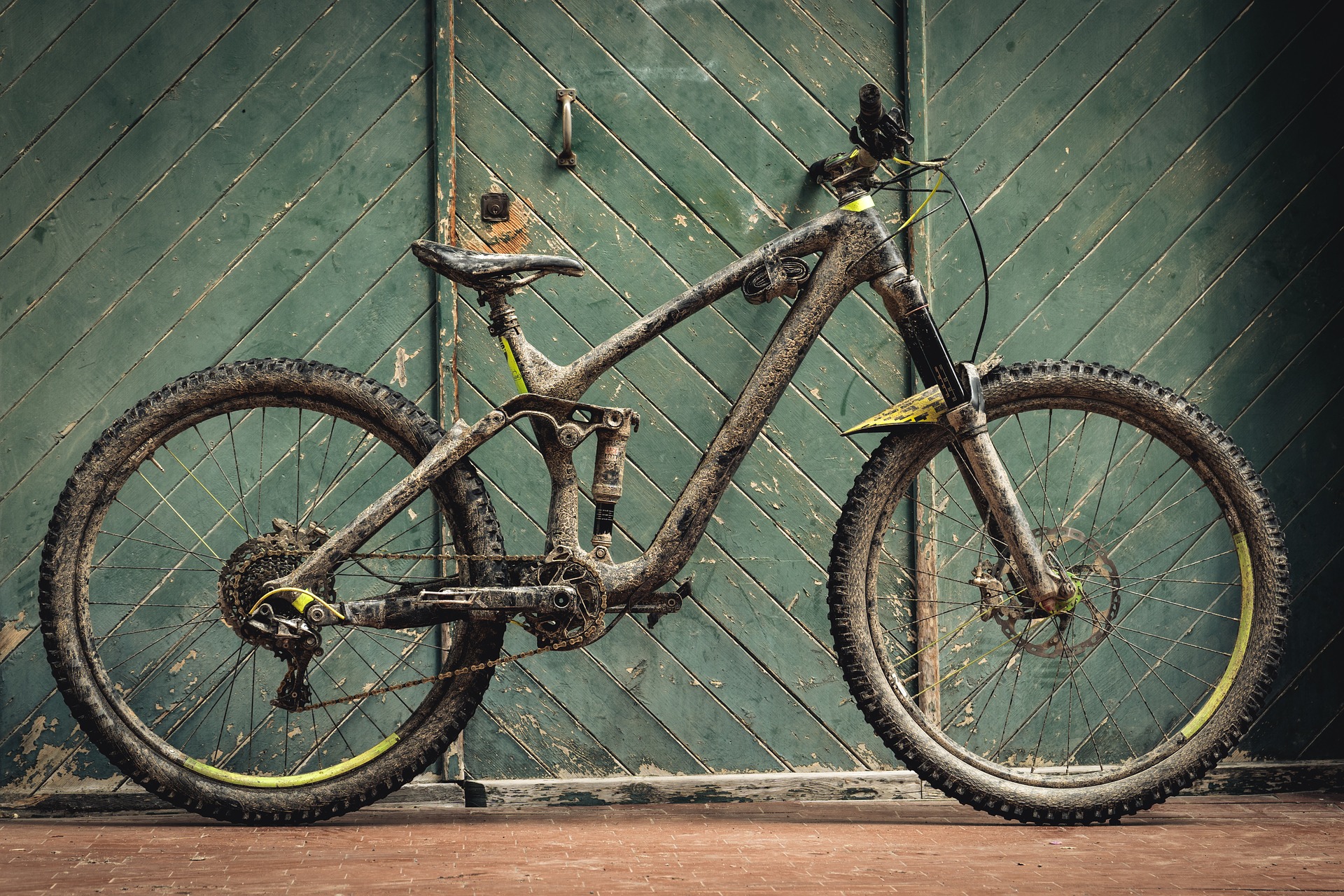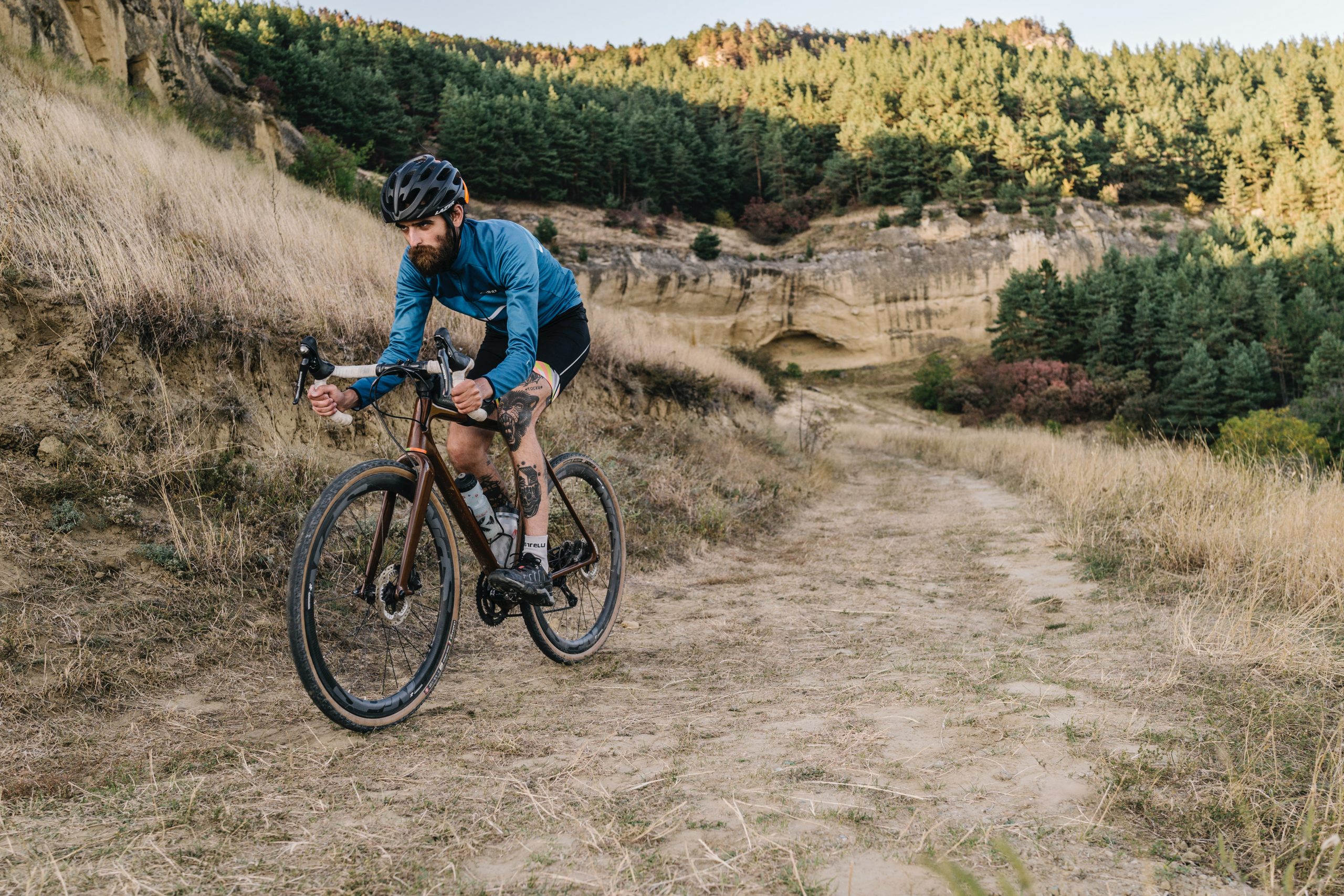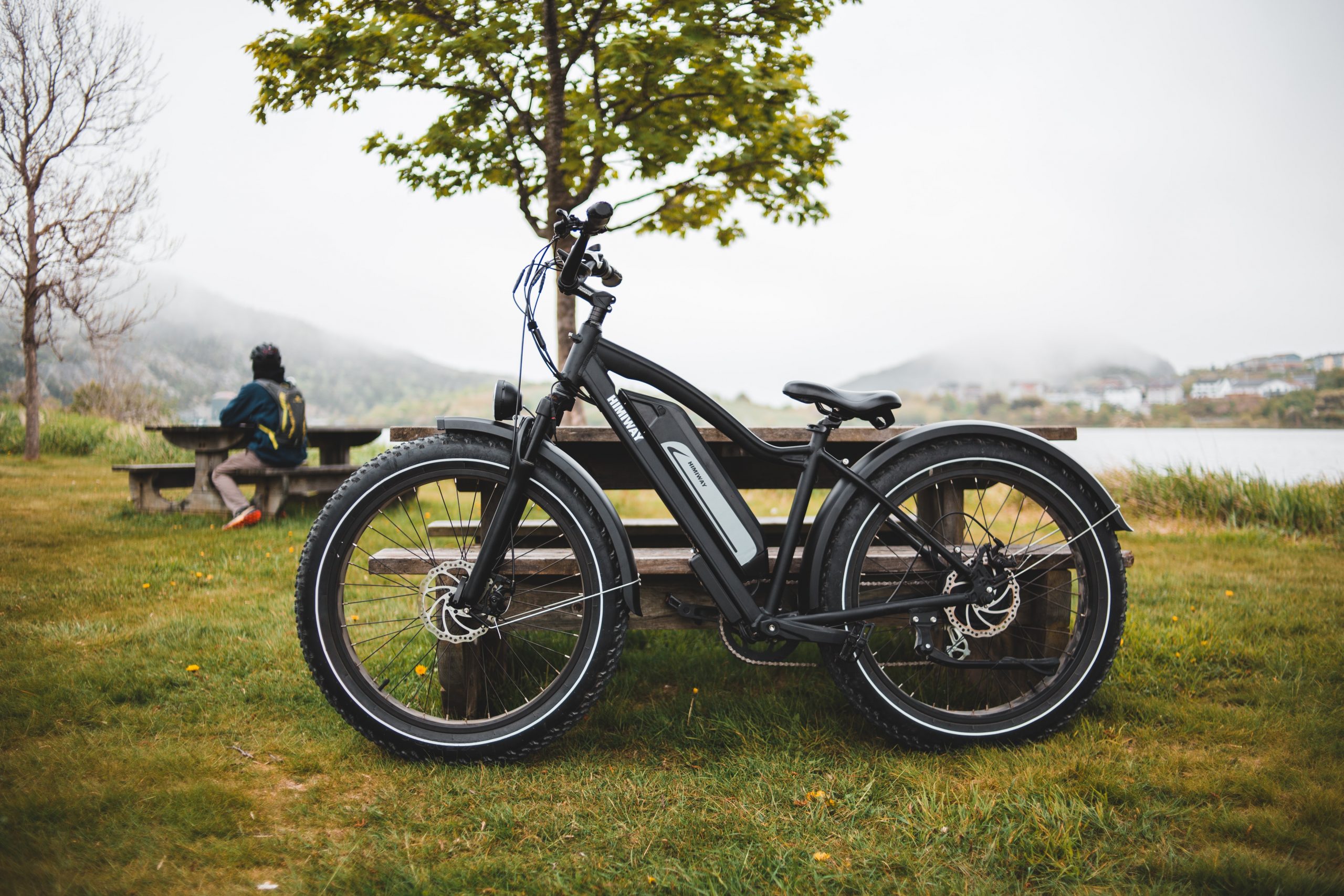If you fancy escaping the real world and venture into paths less traveled, mountain biking is there to offer a world of opportunities for everyone. Mountain Biking or MTB is the sport or activity of riding a bike designed to enhance durability and performance over rough terrains such as trails, tracks, snow, and other mountainous areas.
The mountain bikes are specifically built with shock-absorbing features and powerful frames to conquer the most rugged off-road terrain that nature has to offer. They have wide handlebars for a steady and more upright position, thick and knobby tires for added traction and grip on dirty roads, and full suspension for absorbing vibration and extra comfort cushioning for steep drops and very rugged terrain. They also have hydraulic disc brakes and lower gears to make climbing steep hills easier and facilitate fast descents.
When Did Mountain Biking Start?

As a matter of fact, people had no choice but to ride off-road since the very inception of cycling because roads at that time were generally unpaved and in bad condition. However, it was not until the 1970s and 80s that road bike companies started to design bikes specifically made to handle mountain trails and unpaved roads. It was also around these years that mountain biking became a sport and has since been diversified into many different formats such as cross-country, enduro, downhill, and trail riding, among others.
Early mountain bikes were originally road bikes with only slight variations in geometry, frame, and handlebars. As companies started to modify bikes and introduce different variations using modern, high-tech, and lightweight materials, mountain bikes morphed into the “machines” we love today. Nowadays, they feature different shapes, styles, and budgets to suit all needs and requirements.
Modifications have been made, and technology has improved, but it’s still wide, knobby tires, strong frames, and wide handlebars that set mountain bikes apart from other types of bicycles. And their use is not confined to off-road cycling only. Their cushy ride, plush comfort, and upright body position are much loved by commuters and general bikers, too.
Types of Mountain Biking
Anytime there is an activity where competition is involved, you can bet someone has developed a form of racing to put skills to test. Mountain biking is no different. For every possible terrain, there is a bike that can handle it. The sport of mountain biking has seen tremendous progress over the years and has diversified into many different disciplines to suit various riding styles. Each discipline requires unique bike design, skills, and terrain. From long climbs and descents to epic loops and huge drop-offs, there is a type of mountain biking to suit everyone’s style.
Cross Country (XC)
Cross country biking, also known as XC, is probably the most famous MTB discipline and somewhat of an adventure sport. It is also a popular choice for most beginners, starting with mountain biking, where they complete a round circuit or point-to-point long trail, which varies from just a few miles to 25-plus. This riding style requires a high level of endurance and great bike handling skills with racecourses involving lofty heights and technical descents. In non-competitive riding, XC can also mean riding less technically with fewer rollers and drops, but long distances spent in the saddle are usually very common.
In terms of bike setup, cross country bikes are lightweight with carbon fiber frames, and less-aggressive design focused on rolling efficiency and pedaling as well as efficient climbing and descending. The majority of XC bikes have a front suspension to absorb shocks, but full-suspension bikes are also available, and a good choice as you advance your MTB skills.
Downhill (DH)
Downhill biking is perhaps one of MTB’s most exciting and risky disciplines, with riders reaching speeds up to 49 mph as they make their way down a steep trail traversing rock gardens, huge jumps, wooden ladders, and so much more. It requires agility and a high concentration level as bikers need to make practice runs to memorize the course. Luckily, they don’t need to ride up as downhill bikes are not built for climbing. Bikers would rather walk and carry bikes on their shoulder than ride up the mountain.
Compared to other forms of mountain biking, downhill racing does not involve a lot of pedaling as riders are in an upright position almost the whole time and have gravity assisting during descending. This is also why downhill bikes are usually heavier, with full suspension and very knobby tires.
Enduro

Enduro refers to a particular competition born in Europe that sees riders complete different race stages, including both uphills and downhills. Designed for enduro racing extremities, these bikes can be ridden in the most challenging terrain covering large distances and long days of racing. Enduro bikes mimic downhill bikes’ geometry, but with courses becoming more technical and demanding, the weapon of choice has also been adapted.
Enduro riders usually choose full-suspension bikes with more travel in the front suspension (around 150mm- 170mm), with wider tires and slack geometry, which makes it easier to handle huge hits, steep drops, and basically anything that the rugged ground throws at them.
Trail Biking
Trail bikes, as their name entails, are built for trail riding. They are sturdier and heavier than XC bikes and generally have more suspension. They are designed to be efficient in climbing and descending and provide better stability at high speeds.
This type of mountain biking is the most common style practiced by mountain bikers as it doesn’t belong to any particular type of racing. If you have like-minded friends who are up for some adventure riding at the local trailhead, then trail biking is just the style for you.
Benefits of Mountain Biking
Walking and running are great, but when weighed against other potential activities one can do, biking is hands down the best option. Aside from being a healthy recreational activity, the benefits of biking are as boundless as the beautiful sceneries and mountain trails you could soon be exploring. It is a fun, healthy, and most adventurous transportation mode, taking you out of town and into freedom. Here are some of the reasons why you should start biking as soon as possible.
Full body workout
If you can’t be bothered to go to the gym and you’re looking for a new, more exciting way to work out, mountain biking might be the best alternative. Biking is an overall physical workout that involves a lot of pedaling and movement of almost every part of the body. It burns almost the same amount of calories as running and helps you work for different muscle groups while improving the cardiovascular system and blood pressure. When combined with a healthy eating plan, mountain biking is also one of the best and fastest ways to lose weight.
Improved mental well-being
You can wander back and forth your house aimlessly with something boggling your mind, but there are a soothing influence and warm glow of satisfaction after a good bike ride that helps you turn disturbing thoughts into something positive and more manageable. Biking has been constantly linked to brain health. Cortisol, the hormone that produces stress and anxiety is reduced and endorphins, the feel-good hormones are increased while biking. Furthermore, daily biking may alleviate depression, improves sleep patterns, and boosts self-confidence.
Great adventure
Compared to road biking, mountain biking is more relaxing through which you can enjoy the solitude and majesty of nature. A busy inner-city environment has exactly the contrary effects where combating against traffic and other fellow riders and drivers is more likely to give you stress and anxiety. Paths on a mountain bike trip rarely touch concrete.
Surrounding yourself with nature, diving into thick mountains and rocky slopes, and riding through flowy trails and steep descents is an experience few will ever have. Plus, what can be more exciting and relaxing than that adrenalin flowing as you look down a hair-raising downhill before taking the plunge?
While mountain biking demands endurance, balance, and technical skills to navigate through different kinds of off-road terrains, the journey is its own reward with plenty to offer for those looking for excitement. From vertical downhill descending and steep ascents to huge jumps and drop-offs, mountain biking has our body work up a sweat.
However, despite the challenges and the adrenalin rush that you get, mountain biking is also a fun and exciting way to enjoy the many health benefits resulting from heavy pedaling and regular exercise. Developing skills necessary for mountain biking can be difficult and sometimes easier said than done, but once you embark on that journey, it’s hard to stop.




